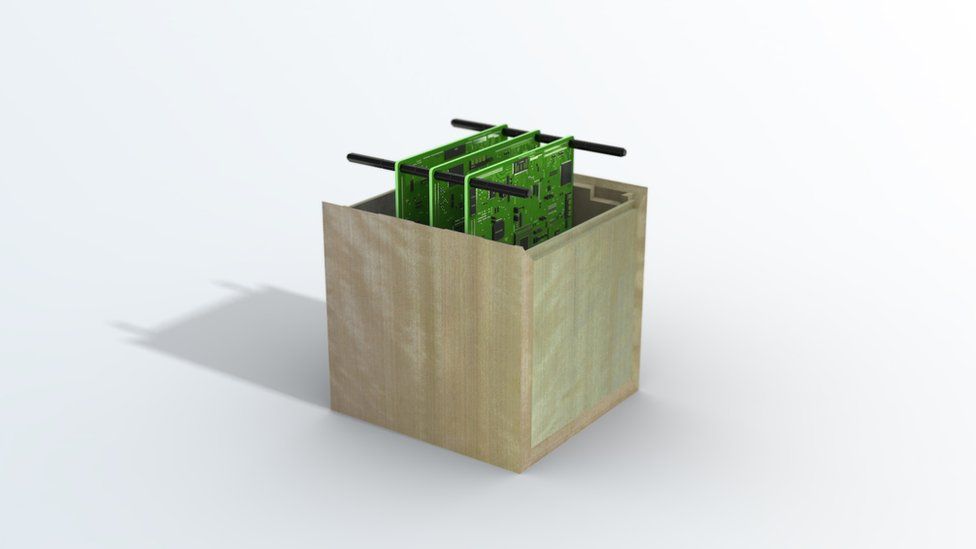According to an announcement from Kyoto University and Sumitomo Forestry, we may have wooden satellites within a few years, organizations whose joint roots date back 550 years.
Wood’s place in high technology has a long record. During World War II, wooden boats were used for minesweepers, the Spruce Goose was designed to circumvent material constraints during wartime, and the De Havilland Mosquito of Great Britain had a very low radar diameter. In this century, a man in Bosnia even built a Volkswagen Beetle from oak.
The newly announced aviation project, led by retired astronaut and engineer Prof Takao Doi, plans to launch satellites built from wood to reduce debris and hazardous substances due to re-entry. We are somewhat skeptical about the angle of hazardous substances (and we are not the only ones in this), but certainly as a way to help burn completely on return, wood is an interesting material. It also achieves a great strength-to-weight ratio and as a renewable source it is easy to obtain.
Prof Doi has been studying the use of wood in space for several years now. In 2017, he began basic research on the usability of wood in space (p. 16), where his team experimented with conifers (cedar and cypress) and hardwood (satin, magnolia and zelkova) in vacuum environments. Based on successes, they predicted that wood satellite launches would take place in the mid-2020s (according to their announcement this month 2023). Sumitomo engineers have not announced what type of wood (s) will eventually be used on the satellite.
You may remember Astronaut Doi from an experiment aboard the ISS, where he successfully demonstrated to fly a boomerang in space (video below), and he also discovered two supernovae in his spare time. We wish him well.
